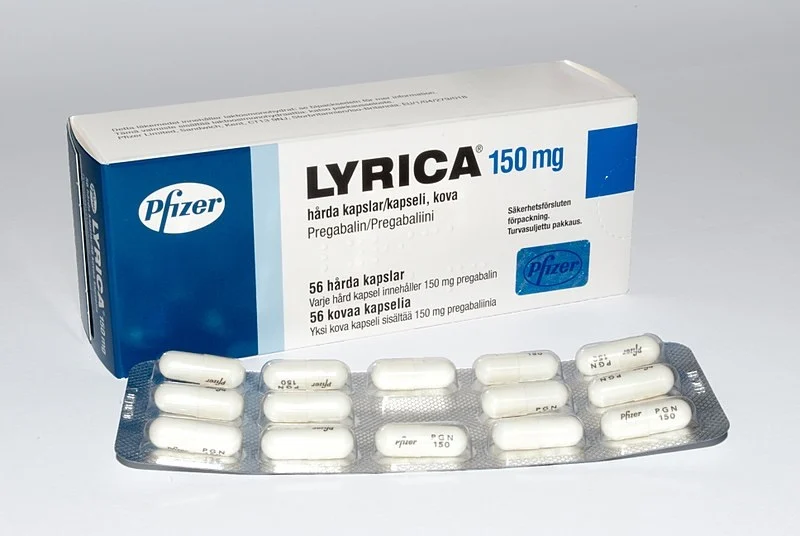Is OxyContin Still Prescribed: Current Status and Guidelines
Is OxyContin still prescribed? This question is increasingly common as public awareness of the opioid crisis grows. OxyContin, a powerful opioid painkiller, has been both a significant pain management tool and, conversely, a source of controversy. In this article, we will explore the current status of OxyContin prescriptions, the guidelines surrounding its use, and alternatives available for pain management.
Understanding OxyContin and Its Uses
OxyContin, the brand name for oxycodone hydrochloride, is a time-released opioid medication that doctors prescribe to manage severe pain. Physicians often turn to it in cases of chronic pain when other treatments have not provided relief.
Benefits of OxyContin:
- Long-lasting pain relief
- Effective for severe pain conditions
- Doctors use OxyContin to treat both cancer-related and non-cancer pain.

Is OxyContin Still Prescribed?
Yes, doctors still prescribe OxyContin; however, they regulate its use strictly due to its potential for addiction and abuse. Prescriptions are typically reserved for patients with severe, chronic pain who have not found relief with other medications.
Current Prescription Guidelines:
- Prescribed primarily by specialists in pain management or oncology
- Close monitoring by healthcare providers
- Patients often required to sign pain management agreements
Why Is OxyContin Controversial?
OxyContin’s controversy stems from its high potential for addiction and its role in the opioid epidemic. Misuse and over-prescription in the past have led to widespread addiction and overdose deaths.
Key Issues:
- Risk of addiction and dependency
- History of over-prescription
- Connection to opioid overdose deaths
Alternatives to OxyContin
Because of the risks associated with OxyContin, many healthcare providers and patients are therefore exploring alternative pain management options.
Non-Opioid Pain Relief Options:
- Acetaminophen and NSAIDs:
- Over-the-counter options
- Effective for mild to moderate pain
- Physical Therapy:
- Helps improve mobility and reduce pain
- Tailored exercise programs
- Cognitive Behavioral Therapy (CBT):
- Addresses the psychological aspects of chronic pain
- Can be effective in reducing pain perception
Other Opioid Medications:
- Morphine:
- Another strong opioid
- Used for severe pain
- Hydrocodone:
- Often prescribed in combination with acetaminophen
- Effective for moderate to severe pain
- Fentanyl:
- Extremely potent opioid
- Used in specific cases under strict medical supervision
Monitoring and Managing OxyContin Use
When OxyContin is prescribed, careful monitoring and, consequently, effective management are crucial to minimize risks.
Strategies for Safe Use:
- Regular Follow-Ups:
- Frequent check-ins with healthcare providers
- Adjustments to dosage as needed
- Patient Education:
- Informing patients about risks and safe usage
- Encouraging adherence to prescribed dosages
- Pain Management Agreements:
- Contracts between patients and providers
- Outline expectations and responsibilities
The Future of OxyContin Prescriptions
The future of OxyContin prescriptions involves tighter regulations and a shift towards safer pain management practices. Continued efforts in education, alternative treatments, and stricter guidelines aim to reduce the risks associated with opioid use.
Regulatory Measures:
- Prescription Drug Monitoring Programs (PDMPs):
- Track prescription and dispensing of opioids
- Help identify potential abuse
- Stricter Prescribing Guidelines:
- Limitations on initial prescription quantities
- Encouraging use of alternatives before opioids
- Increased Research:
- Developing new pain management therapies
- Finding non-addictive alternatives to opioids
Frequently Asked Questions About OxyContin Prescriptions
How Often Is OxyContin Prescribed Today?
OxyContin is prescribed less frequently today compared to the past, primarily due to increased awareness of its risks. Additionally, the implementation of stricter prescribing guidelines has significantly contributed to this decrease.
Can Any Doctor Prescribe OxyContin?
Not all doctors prescribe OxyContin. It is typically prescribed by specialists in pain management, oncology, or palliative care, who have experience managing chronic and severe pain.
What Should I Do If I’m Concerned About My OxyContin Prescription?
If you have concerns about your OxyContin prescription, discuss them with your healthcare provider. They can provide information on risks, safe usage, and possible alternatives.
WhatsApp support
Contact with our WhatsApp team to get more info about oxycontin and for more queries.
Conclusion
Is OxyContin still a prescribed medication? Yes, however, it is done so with stringent regulations in place and a strong focus on minimizing risks associated with its use. Understanding the current status, guidelines, and alternatives can help patients and healthcare providers make informed decisions about pain management. Always consult with your healthcare provider for personalized advice and to ensure safe and effective treatment.
Buy now from our store
For those seeking effective pain management options, buy now from our store. Discover a range of products to help manage pain safely and effectively.









